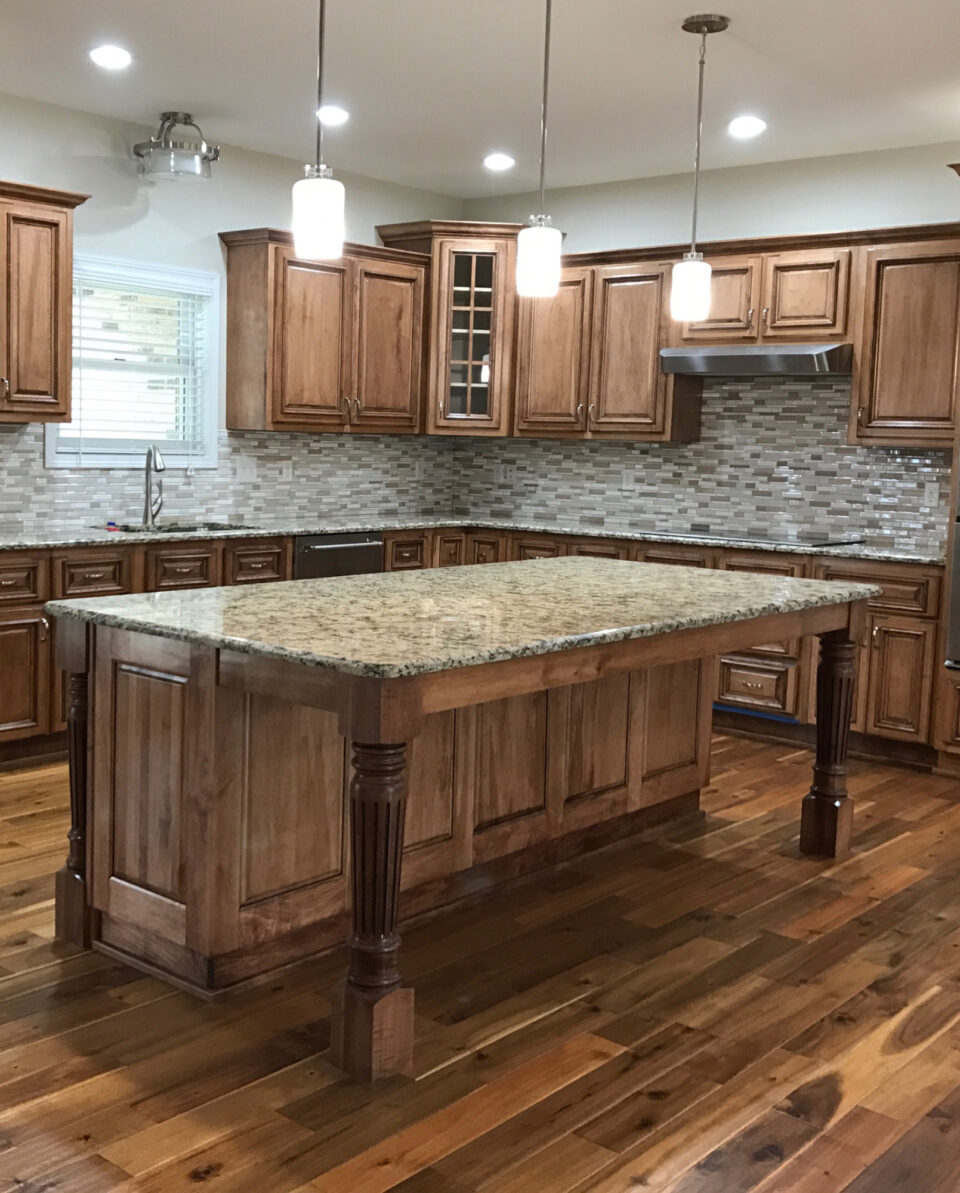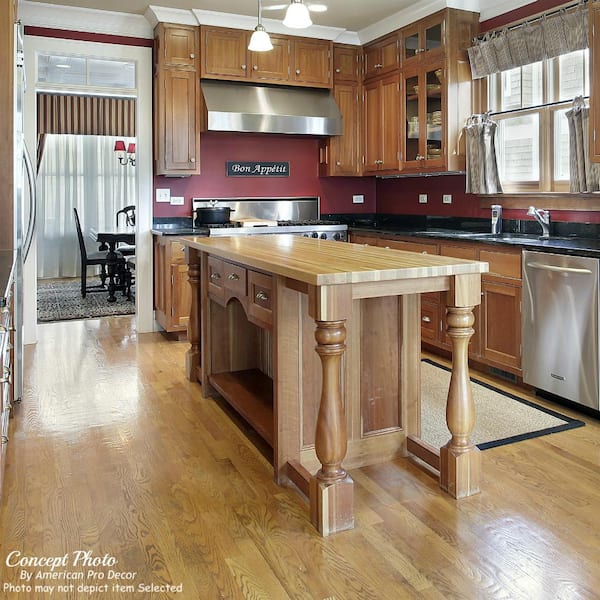Stylish Kitchen Island Leg Ideas to Elevate Your Kitchen Decor
Stylish Kitchen Island Leg Ideas to Elevate Your Kitchen Decor
Blog Article
The Significance of a Sturdy Kitchen Island Leg in Producing a Functional Cooking Area
A durable kitchen island leg serves as a basic part in establishing a functional food preparation setting, supplying required support for both the countertop and numerous kitchen area activities. As kitchens evolve right into multifunctional locations for cooking, dining, and socializing, the choice of materials and design considerations for island legs comes to be significantly vital.
Advantages of Sturdy Island Legs
Supplying important support, durable kitchen area island legs play an essential function in boosting the capability and resilience of kitchen islands - kitchen island leg. These legs not just birth the weight of the kitchen counter and any kind of additional items positioned on the island, but also add to the total security of the framework. A well-supported cooking area island ensures that it continues to be useful and upright, even under hefty use, which is specifically essential in busy kitchen area settings
Furthermore, tough island legs can enhance the visual allure of the kitchen. They supply a strong framework that can match numerous design styles, from modern-day to standard. This convenience allows home owners to customize their kitchen area islands according to individual preference while ensuring that the structural stability remains uncompromised.
In enhancement to their encouraging duty, durable cooking area island legs can additionally boost security. Eventually, investing in durable kitchen island legs is essential for a functional and aesthetically pleasing cooking location.
Materials for Kitchen Island Legs
When selecting products for cooking area island legs, resilience and aesthetic allure are essential variables to take into consideration. The most usual products consist of hardwood, steel, and crafted wood, each offering distinct benefits.
Wood, such as maple, cherry, or oak, is a traditional choice as a result of its stamina and classic appeal (kitchen island leg). It can endure substantial weight and is resistant to put on, making it suitable for high-use kitchen settings. Additionally, wood can be discolored or painted to match various cooking area styles
Steel legs, commonly crafted from stainless steel or functioned iron, provide a modern-day and industrial look. They are unbelievably strong and can sustain substantial tons while being immune to wetness and warmth, which is beneficial in a cooking area. Steel legs can also be conveniently cleaned up, boosting their practicality.

Style Factors To Consider for Stability
The choice of products for kitchen island legs straight affects the style factors to consider for security. When making a cooking area island, it is vital to examine the weight-bearing ability of the selected materials. Much heavier materials, such try here as solid wood or steel, generally provide better security, particularly under the stress of day-to-day use.
Additionally, the leg style must integrate proper geometry to boost stability. A broader base enhances the support location, decreasing the danger of tipping or wobbling. Consideration ought to also be provided to the height of the legs; disproportionate leg lengths can lead to inequality, compromising the total security of the island.
Furthermore, the circulation of weight across the island is important. Ensuring that the leg Continued placement lines up with the heaviest parts, such as appliances and countertops, will additionally improve security.
Maintenance Tips for Long Life

Depending on the product of the legs-- whether wood, metal, or composite-- ideal cleaning methods need to be employed. Steel legs may require a light gloss to avoid corrosion and keep their luster.
Furthermore, tightening up bolts and screws on a regular basis can guarantee security and avoid tottering. Consider reinforcing the legs with additional brackets or sustains to boost toughness if the kitchen island experiences hefty usage. Applying a safety surface or sealer can guard versus moisture and discolorations, extending the lifespan of the legs. By following these upkeep ideas, home owners can guarantee their kitchen area island legs remain durable and practical for several years ahead.
Picking the Right Leg Style
Routine maintenance makes certain that kitchen island legs stay tough and functional, but picking the ideal leg style is similarly important for both looks and support. The selection of leg style can considerably affect the overall style and consistency of your kitchen area.

Capability is one more important element. Thicker legs or those with a go to these guys tough base can support heavier kitchen counters and equipment, improving the island's utility. Conversely, slender legs may produce an airy appearance, suitable for lighter designs but potentially less supportive.
Conclusion
In recap, the value of tough kitchen island legs can not be overemphasized in the production of a practical food preparation area. These legs provide vital support, enhance stability, and add to the total visual of the cooking area. By meticulously picking suitable materials and designs, in addition to applying correct maintenance methods, the longevity and performance of kitchen islands can be made sure. Inevitably, purchasing durable island legs is basic to attaining a reliable and secure cooking atmosphere.
A sturdy kitchen island leg offers as a basic part in establishing a functional food preparation setting, providing required support for both the counter top and different kitchen area activities.Supplying crucial assistance, sturdy kitchen area island legs play an essential function in boosting the capability and longevity of kitchen islands. Inevitably, spending in sturdy cooking area island legs is necessary for a useful and aesthetically pleasing cooking area.
Consideration ought to likewise be provided to the height of the legs; disproportionate leg lengths can lead to inequality, endangering the overall stability of the island.
Wooden legs supply heat and a classic look, while metal legs use a modern-day and commercial feeling.
Report this page